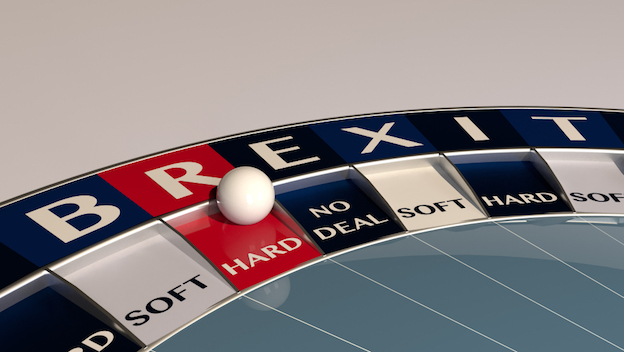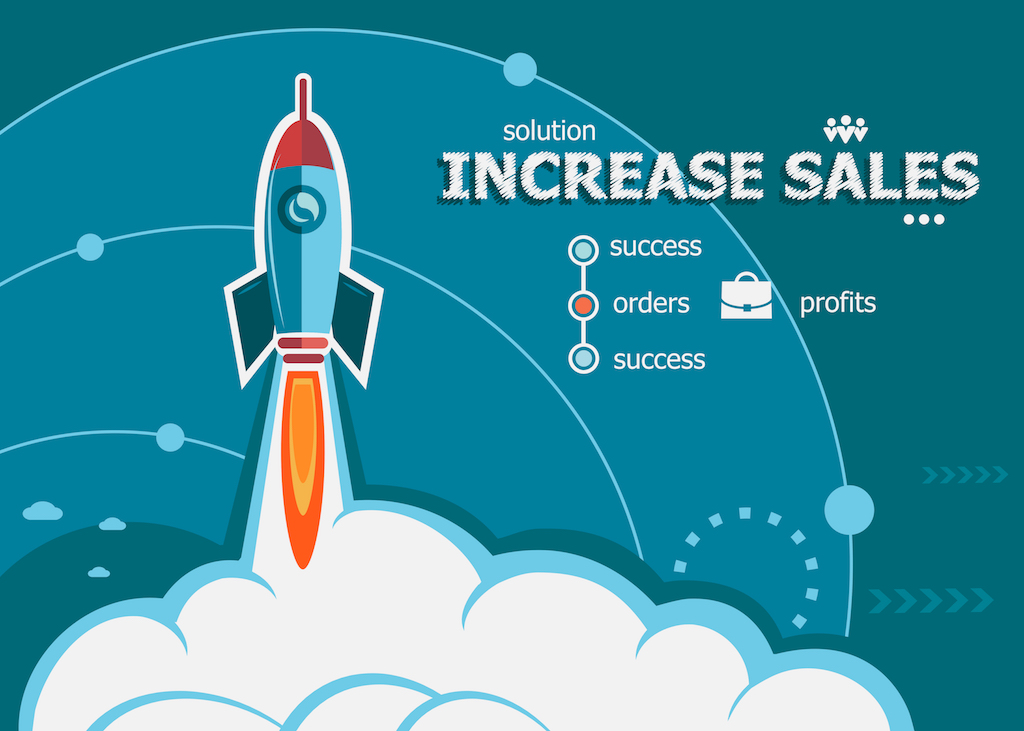How many businesses in Ireland fail within 5 years? According to several recent studies, the answer is 3 out of 5, writes Tadhg Guiry.
Knowing the failure rate of Irish businesses, while headline-worthy, is neither interesting nor useful to people running their own businesses. I think the far more thought-provoking and empowering question that we business owners should be answering is: how many businesses in Ireland are ‘stuck in a rut?’ Is your business stuck in a rut?
When exactly is a business ‘stuck in a rut?’ For me, it’s more commonplace in what I like to call ‘legacy businesses’. These companies are typically more than a decade old, situated in a traditional industry, have done amazingly well to get to a stable point, and could well be maintaining seven or eight figures in annual revenue.
“Doing things the old, ‘reliable’ way is alluring, precisely because it is comfortable and safe. However, it is important to remember that preservation never equates to growth”
Sounds like a success story, you might say; well, they technically are. But most entrepreneurs leading these companies still see a greater future for their business. They are not lacking ambition, nor are they intending to rest on their laurels. They want to expand into new regions, grow their product line, bring their innovations into their market – but they can’t quite crack it. They may be scared from past ventures out into the unknown, failed campaigns, bad hires, and other setbacks.
Stuck in a rut?
These businesses certainly haven’t failed. In fact, they may not even be in steep decline. But they’re at serious risk of stagnation, the step before the wheels start to come off. This is what it means for a business to be stuck in a rut.
Many legacy businesses recognise that they are running into obstacles preventing them from moving into their next growth phase. Unfortunately, they make the mistake of adopting a more conservative stance, focusing on improving their existing business functions to overcome growth obstacles. This approach is often unsuccessful, and may even lead to stagnation more quickly.
The problem is not with the functions of the legacy business; the problem is the commercial model that they have chosen to adopt.
Doing things the old, ‘reliable’ way is alluring, precisely because it is comfortable and safe. However, it is important to remember that preservation never equates to growth.
It’s through my experience running CSM that I see legacy businesses failing through outdated commercial models. In these legacy businesses, the failure rarely results from the supply chain, the people, the product, or the service they offer. Rather it’s the use of an ill-fitting growth strategy that prevents them from scaling and internationalising. In essence, the delivery systems are not the problem.
These businesses are constrained by demand, but not in the sense of people not wanting what they have to offer. It’s that their prospective customer base does not know they exist, at least to any great depth. Despite having untapped global opportunity, their current strategy doesn’t go beyond their local reach. As such, they are leaving huge amounts of revenue on the table.
I mentioned at the beginning that asking how many Irish businesses are in a rut is the more interesting and useful question for business owners. My reasoning is that once a company recognises that they are a legacy business, they can take meaningful steps to address their situation. Acknowledging that you are “in a rut” is actually very empowering, as this sets you on the path towards breaking through the growth barrier.
Set yourself up for success
If you identify that your company is a legacy business, the first step in setting you up for your next growth spurt is to critically analyse your entire revenue infrastructure.
What is revenue infrastructure? It’s every cost, activity and initiative in your business that has a correlation to generating revenue. It’s not an isolated marketing budget, or three of your sales reps underperforming. It’s everything.
If you’re analysing an isolated cost or line item on the P&L (like advertising, as an example) and trying to eke out every bit of return on investment out of it, you’re fighting a losing battle. It’s not that you can’t look to make great improvements across these areas, but it needs to be approached top-down, first.
Take this example, if you total up all the costs and see that 47% of revenue is dedicated to both generating and retaining/delivering on the actualised revenue, that’s your starting point.
Map the full commercial engine around that. While this is still P&L mapping, such an approach affords a view of your entire sales motion, pricing strategy, delivery model, and capacity limits.
We then look for the biggest point of constraint across four levers:
- Visibility (demand)
- Conversion (sales)
- Monetisation (pricing & product)
- Delivery (margin & bandwidth)
You don’t fix all four at once; that would put too much strain on your resources and the whole organisation. Instead, you find the bottleneck, then build from there. You are taking focused yet not isolated action, guided by the strategic lens enabled by an understanding of your revenue infrastructure. Adopting this approach gives you a prioritised list of actions, as well as the sequence in which to tackle them.
If you want to build demand consistently, you need to stop looking at activities in isolation and start looking at your revenue infrastructure as a whole. You’ll be asking questions like:
- What percentage of revenue goes toward generating demand?
- What roles or tools are responsible for conversion, not just visibility?
- Where does money leak in your process (e.g. underutilised CRM, leads going cold, etc.)
- Is my budget allocation aligned with the revenue I generate?
Answering these questions puts you in a great position to make strategic changes that will have tangible results. Doing this with the depth it deserves can give you the clarity to make critical—and sometimes drastic—commercial decisions.
I had to apply this process in my own business in 2024, and it led me to shut down three active brands in order to focus entirely on our highest-leverage opportunity.
Main image: Photo by Isaac Smith on Unsplash
-
Bank of Ireland is welcoming new customers every day – funding investments, working capital and expansions across multiple sectors. To learn more, click here
-
For support in challenging times, click here
-
Listen to the ThinkBusiness Podcast for business insights and inspiration. All episodes are here. You can also listen to the Podcast on:
-
Spotify
-
SoundCloud
-
Apple






